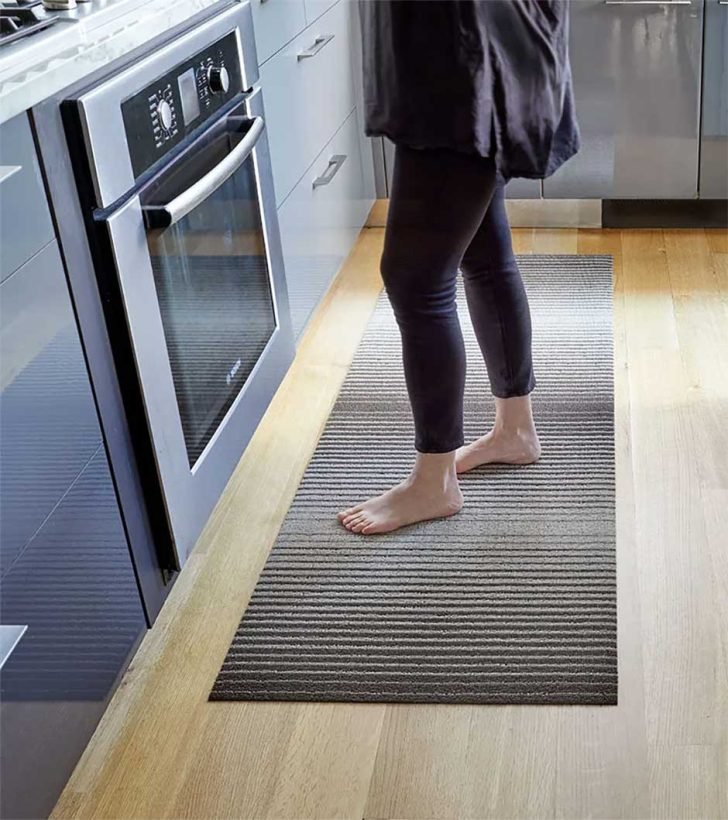Floor mats are an essential component of any building or home, providing a variety of benefits, including protection against dirt, dust, and moisture, improved safety and comfort, and aesthetic appeal. There are many types of floor mats available on the market, made from a variety of materials, and it can be difficult to choose the right one for your needs. In this article, we’ll explore the different types of floor mats, the materials used in their manufacture, and how to choose the right floor mat for your needs.
Types Of Floor Mats
Entrance Mats: Entrance mats are designed to be placed at the entrance of a building to remove dirt, dust, and moisture from shoes. Some entrance mats are designed to be used indoors, while others are made specifically for outdoor use.
Anti-Fatigue Mats: Anti-fatigue mats are designed to reduce the amount of stress and strain placed on the feet and legs of individuals who spend long periods of time standing in one place. They are commonly used in kitchens, workshops, and other areas where people stand for long periods of time. Anti-fatigue mats are often made from materials such as foam or rubber and come in a variety of sizes and shapes.
Carpet Mats: Carpet mats are typically used in office buildings and homes to provide a comfortable surface for individuals to stand or walk on. They are made from materials such as nylon or polypropylene and come in a variety of colors and patterns. Carpet mats can be vacuumed or steam cleaned to maintain their appearance and cleanliness.
Safety Mats: Safety mats are designed to provide a slip-resistant surface in areas where slips, trips, and falls are a risk. They are commonly used in bathrooms, kitchens, and other areas where water is present. Safety mats are often made from materials such as rubber or vinyl and come in a variety of sizes and shapes.
Materials Used In Floor Mats
Rubber: Rubber is a popular material for floor mats due to its durability slip resistance. It is often used in anti-fatigue mats, entrance mats, and safety mats. Rubber floor mats are also easy to clean and maintain.
Foam: Foam is a soft and flexible material that is often used in anti-fatigue mats. It provides a comfortable surface for individuals to stand or walk on and is also lightweight and easy to clean.
Nylon And Polypropylene: Nylon and polypropylene are synthetic materials that are commonly used in carpet mats. They are durable, easy to clean and offer good stain resistance.
How To Select The Right Floor Mat For Your Needs?
Consider The Location: When choosing a floor mat, it’s important to consider the location where it will be used. For example, if the mat will be placed at the entrance of a building, it should be designed to remove dirt, dust, and moisture from shoes. If the mat will be used in an area where individuals stand for long periods of time, an anti-fatigue mat is a good option.
Consider The Foot Traffic: The amount of foot traffic the mat will receive should also be taken into consideration when choosing a floor mat. If the mat will receive heavy foot traffic, it should be made from a durable material that can withstand wear and tear.
Consider The Flooring Type: The type of flooring the mat will be placed on should also be taken into consideration. If the flooring is slippery, a safety mat with a slip-resistant surface is a good option. If the flooring is prone to staining, a mat with good stain resistance should be chosen.
Consider The Size: The size of the mat should also be taken into consideration. The mat should be large enough to cover the area where it will be placed, but not so large that it becomes a tripping hazard. It’s also important to ensure that the mat fits snugly against the floor to prevent slipping.
Consider The Style: Floor mats come in a variety of styles, colors, and patterns, so it’s important to choose a mat that complements the decor of the room where it will be used. An aesthetically pleasing mat will also help to create a welcoming and comfortable environment.
In conclusion, floor mats are an essential component of any building or home and ultimate mats provide a variety of benefits, including protection against dirt, dust, and moisture, improved safety and comfort, and aesthetic appeal. When choosing a floor mat, it’s important to consider the location where it will be used, the amount of foot traffic it will receive, the type of flooring it will be placed on, the size of the mat, and the style of the mat.






